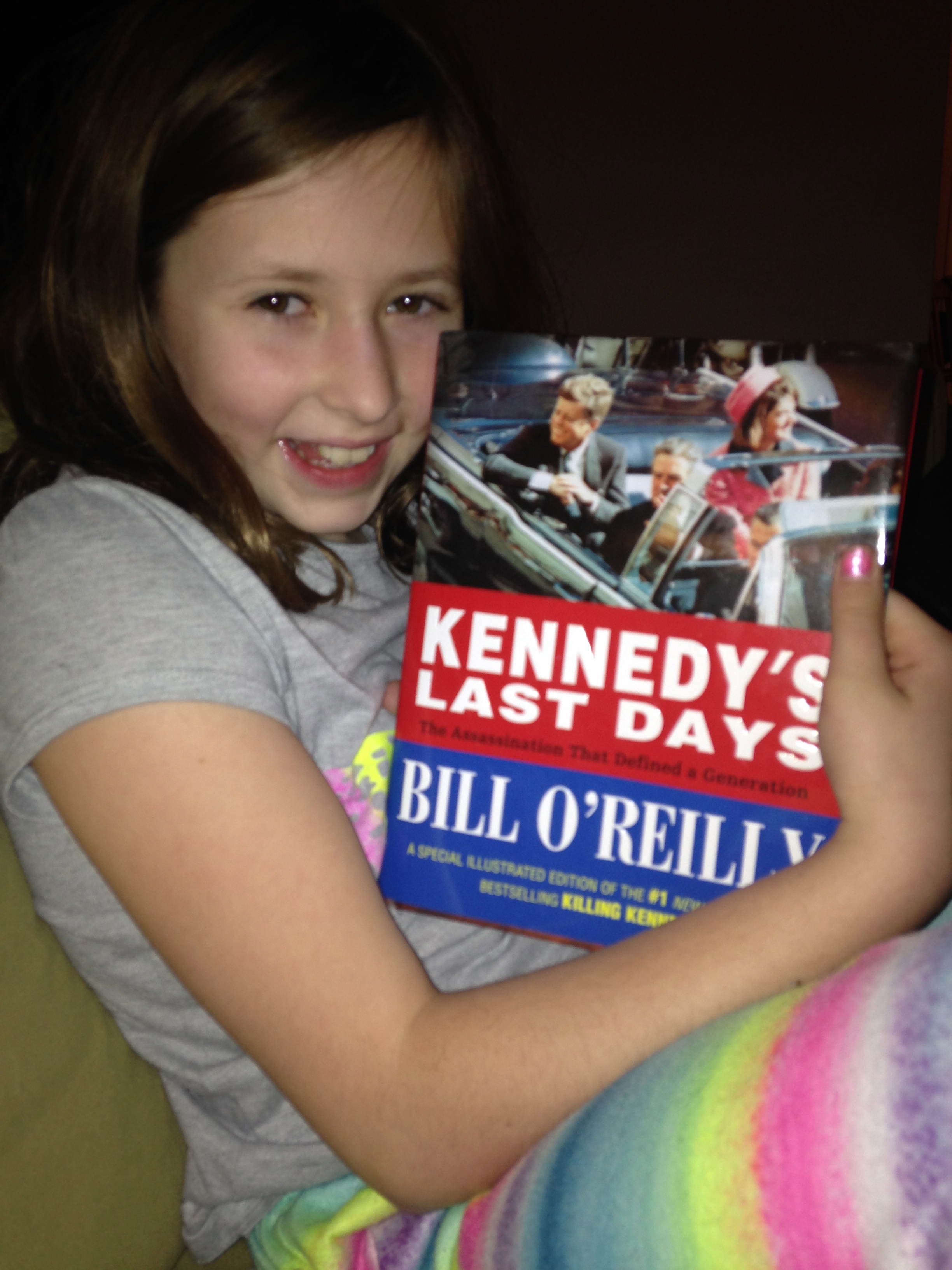My last blog entry was about starting the year by encouraging students to read nonfiction. This is a big deal in the field of Common Core and in a world where we have to read a lot to understand what’s happening around us. How much independent reading is sufficient, though? Recently, at an institute, I stated that 50% of independent reading should be nonfiction. I need to clarify…even revise this. So bear with me.
A few thoughts…
- Students need to discover and sustain a “joy” for reading. This may include reading a LOT of fiction. Totally. I get it. So I’m not saying we have to give up a certain percentage of independent reading of fiction for nonfiction. What I’m saying is students should be reading nonfiction text independently MORE than they have in the past. That may or may not be 50%. Either way, for most students (and teachers) the answer is more.
- And I’m also not saying the joy of independently reading nonfiction can happen with just any nonfiction text. The same rules apply for nonfiction that are used for fiction. Self-selected nonfiction texts need to be of high interest and high quality. Aesthetically and topically appealing. Some nonfiction is really just good for research–reading bits and pieces of, you know? And some nonfiction is just not well written and not worthy of even picking up. This is also the case with some fiction! :). This means, as teachers, we have to know what’s out there in nonfiction publishing that would be a joy to read. At the kinder-3rd (even 4th) grade level, there are a LOT of these books. And don’t forget nonfiction picture books are sometimes meant for older students (like 4th-5th-6th even.) It’s true–it’s harder to find appealing nonfiction for independent reading in the older grades. (If you need titles, let me know.) If we know titles/authors of nonfiction and book talk these titles/authors, I think students will read nonfiction independently more often. Otherwise, they may not.
 CASE IN POINT – My daughter loves reading books about historical figures or events as well as memoirs. Last year she devoured I am Malala (junior edition) and then passed it on to friends. BUT she only reads these books when I recommend them. She NEVER searches them out on her own.
CASE IN POINT – My daughter loves reading books about historical figures or events as well as memoirs. Last year she devoured I am Malala (junior edition) and then passed it on to friends. BUT she only reads these books when I recommend them. She NEVER searches them out on her own.
- Independent reading of magazine articles (and similar short texts) as well as longer nonfiction texts need to be a choice during Sustained Silent Reading, Independent Reading, and the like. If Accelerated Reader points or “pages read” or “number of books read” dictate what’s read for independent reading, this may be a problem.
- The Common Core dictates that 50% of texts read should be informational texts which includes what is read during the content areas. So across the day 50% of texts should be informational. But if students are only reading fiction during independent reading and only reading informational texts during the content area instruction, where is the opportunity for transfer? Teachers are teaching with informational texts more than ever before–but most of the informational texts our students read are used during some type of guided practice (that’s a gut feeling) and students have very few opportunities to read informational text for joy and a deeper understanding of the world–on their own with a text they’ve chosen and strategies they learned at a different time of day. There are SO many benefits to doing this.
- There’s not research to support what some of us know are the benefits of independently reading nonfiction. Not really. But there is research that supports the idea that students have to have opportunities to transfer learning–this has to include learning how to read informational texts and learn from those texts and then doing this independently on a regular basis. Time for self-selected independent reading of nonfiction is the perfect opportunity to do this. And there is also research that supports the point that students improve comprehension and vocabulary when they read WIDELY.
Okay…so if you ask me how much independent reading of informational text should be happening in classrooms, my answer is MORE. What does this look like? Small steps or big steps with support, support, support. Book and article and magazine talks. Specific recommendations for specific kids. Also following what we know about helping students develop a love of fiction, you know? Letting kids give a nonfiction text “a go” and then encouraging students to “dump” a text that is not a good fit. And so forth.
What’s happening in your classroom? If you have suggestions for lighting a passion for reading nonfiction independently or anecdotes about kids loving reading nonfiction independently, let me know.
And a big thanks to my librarian friend Michelle for asking me to clarify!!!
Hope this helps.
